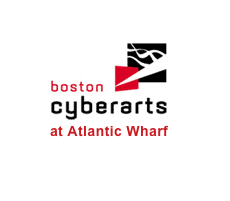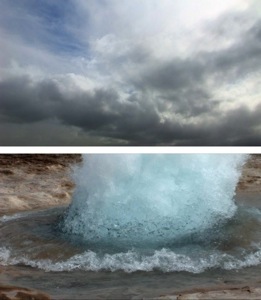news | upcoming


Vast Vistas: Landscape in New Media
Julia Hechtman, Georgie Friedman, Jane Marsching, and Luke Strosnider
December 12, 2011 - February 17, 2012
Opening Reception: Friday, December 16, 5-8 pm

Vast Vistas
ABOUT THE EXHIBT:
Vast Vistas: Landscape in New Media
Curated by George Fifield and Heidi Kayser
Landscapes are more the product of culture than nature. When artists try to reproduce the world in its natural state, they create a vision of how they wish nature would be. This is as true of the Hudson River School as it is of Ansel Adams. How does new media reflect the natural world? One would think that the most technological of art forms would not be a good fit with nature, but as the artists in this exhibition illustrate, new media can reveal an undiscovered depth to nature that a painting, for instance, cannot.
Julia Hechtman's Quadrants is a single-channel video that composites two separate videos into one with four fields. Two of the fields show a figure sitting, facing the camera. The two others show a figure, back towards the camera. The end result is a contemplative space, where the real focus is on the grace of the seabirds who fly around the edge of the fields, and the sound of a waterfall, barely visible in the distance.
Georgie Friedman's Geyser, a two-channel piece of different views of the same geyser are intentionally not synchronized, and the full scene is never revealed. In one, we see the crusty base: the water grows, quivers, rises, falls, until it suddenly surges and bursts filling the frame, only to start the process again. In the second, the frame stays focused on the sky. Clouds shift and pass, then, without warning, water shoots up either in one big explosion or in a quick succession of smaller outbursts. By dividing this one location and separating the linked events, time becomes fragmented and new relationships between expectation, anticipation and reward are created.
Jane Marsching's Arctic Listening Post, Future North: Ecotarium and Rising North imagines our future in the next hundred years after irreversible climate change. Massive migrations of urban populations will move north to escape severe flooding and increasing temperatures. Areas inside the Arctic regions will warm up significantly, making their occupation newly desirable. In this animation, entire cities float away from their flooded moorings and meet in a new North, re-imagining the entire surface of our planet in the future subtly warning us about the present
Luke Strosnider created Ansel Adams | New Landscapes, (from his artist-book Ansel Adams | New Landscapes) by scanning many of Adams's most powerful images of the American West and then generating their histograms in Photoshop. He then chose those histograms for visual forms that reinforced traditional notions of landscape in the original pictures. Photoshop has remediated Ansel Adams's brilliant Zone System, and the precise control offered by both are closely related. The histograms of his landscapes form a two-way bridge between eras of photographic practice and remind us that as our technologies of expression rapidly evolve, it is vital to consider our image-making tools as much as we do our images.
exhibition
Boston Cyberarts at Atlantic Wharf
290 Congress Street, Boston, MA 02210
The exhibition is free and open to the public, Weekdays 9 am - 7 pm.
all images, video and other content © georgie friedman
